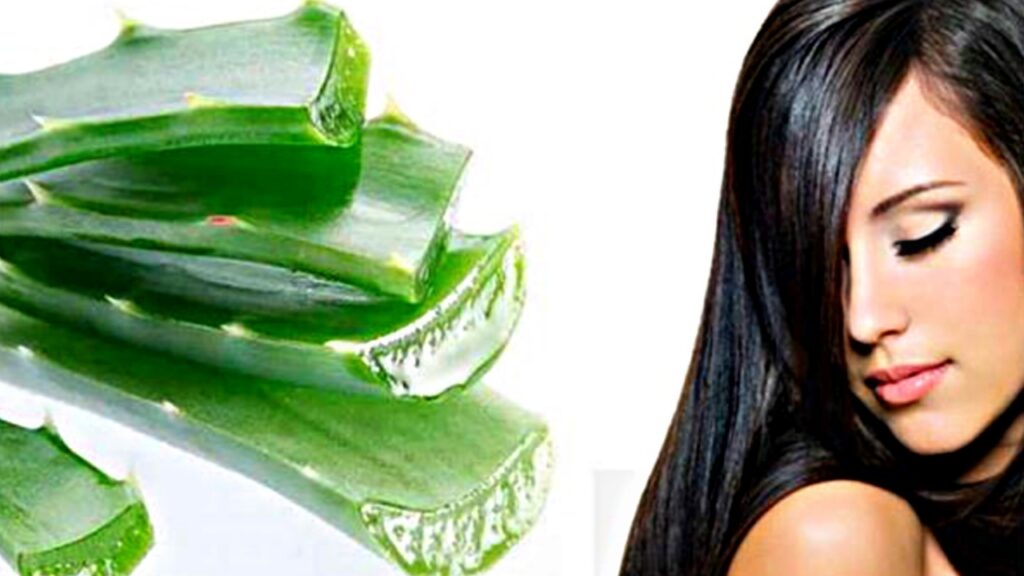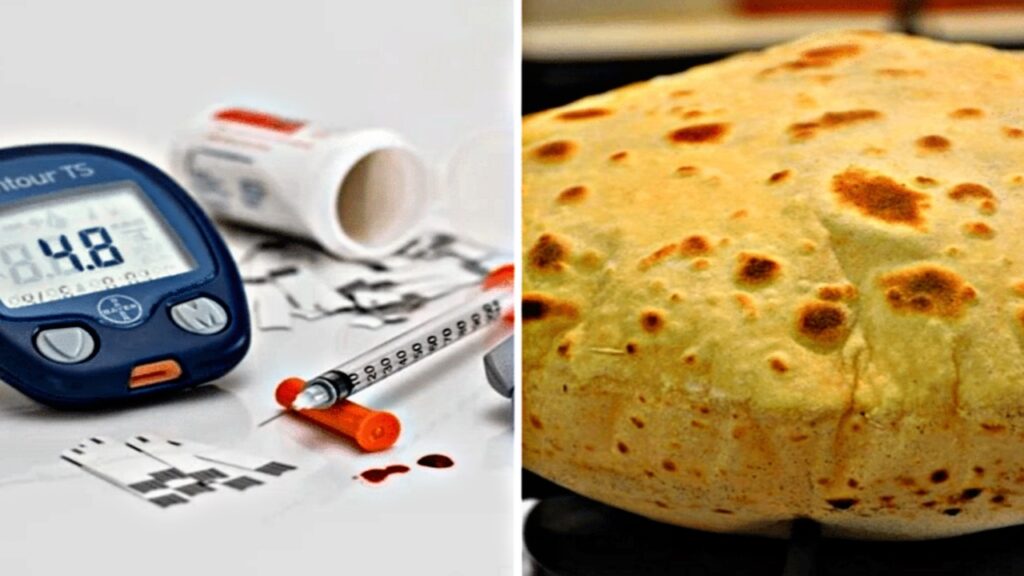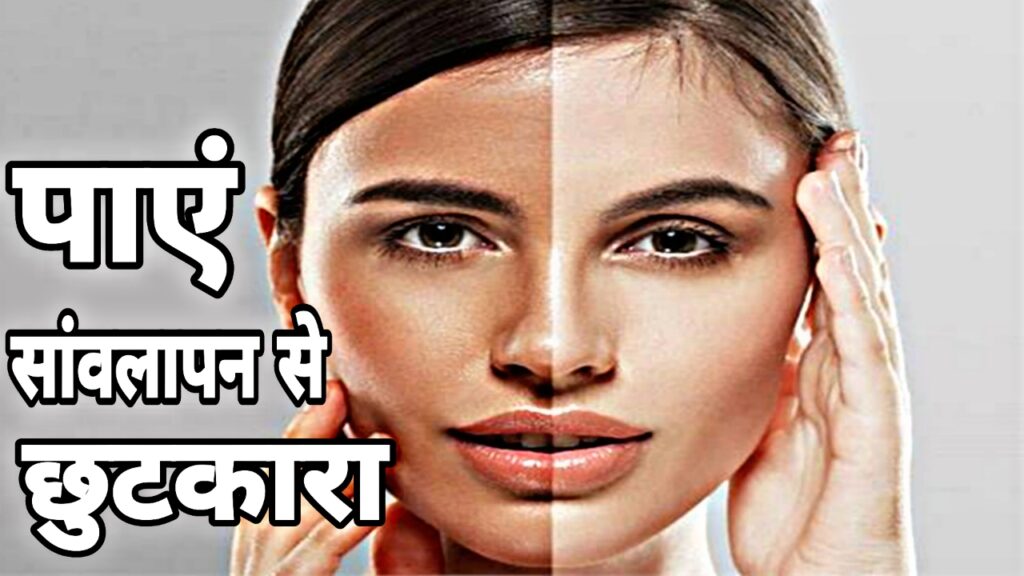Discover the rule for a Nutritious Thali. A dietitian explains how to build a balanced lunch with the right portion of carbs, protein, fiber, and fat.
Maintaining good health has become difficult in today’s busy lifestyle as people find it difficult to find time for healthy meals. Many of us eat breakfast, lunch, and dinner every day, but we are missing out on important nutrients.
A ‘Balanced Thali’ is important.
Your breakfast, lunch, and dinner are crucial to a healthy diet. We’ll discuss today how a thoughtfully prepared meal offers a complete range of vital nutrients. Maintaining a healthy diet and making sure we get all the nutrients our bodies require can be made easier by taking the time to plan our meals in advance.
A well-balanced meal includes several food categories in precise amounts, according to the Indian Council of Medical Research (ICMR) and the World Health Organisation (WHO).
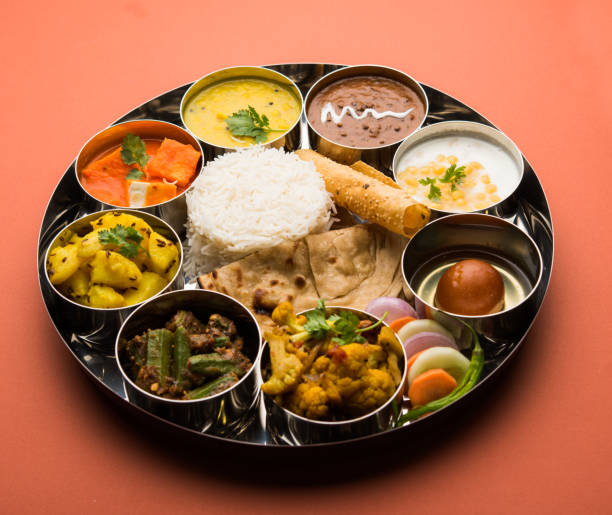
The Division of Perfect Thali
According to dietitian Dr. Rashmi Shrivastav, for the best nutrition, a well-balanced Indian thali should adhere to the recommendations of the Indian Council of Medical Research (ICMR). The plate ought to be carefully separated using
50% goes towards fruits and vegetables, including seasonal salads and vegetables that are high in fibre, vitamins, and minerals.
20% Whole Grains: The remaining 20% should be made up of whole grains, such as rice (chawal) or rotis (Indian flatbreads).
Protein-rich whole pulses or dal (lentils) should make up 20%.
10%: Dairy products, like raita (a side dish made with yoghurt) or fresh curd (dahi).
Complementary: The chutneys that accompany this well-balanced thali give extra nutritious value in addition to enhancing deliciousness.
According to WHO, a healthy diet for adults should consist of
Five servings (400g) of fruits and vegetables each day, excluding starchy roots such as cassava, sweet potatoes, and potatoes.
Reduce consumption of saturated fats (less than 10% of total energy) and sugar (less than 10%).
Less than 1% of total caloric consumption should contain trans fats, according to recommendations. Specifically, trans fats that are generated industrially should be avoided as they are not a component of a balanced diet.
less than five grammes (about one teaspoon) of salt daily. It is necessary to iodise salt.
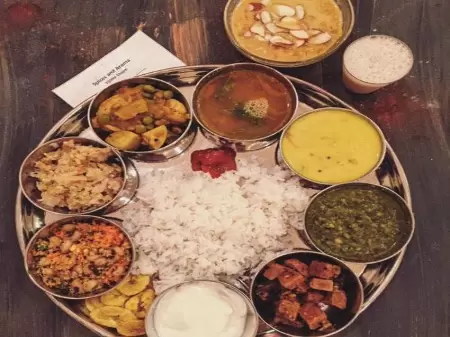
‘Balanced Thali’ health benefits
According to National Library of Medicine research, eating a well-balanced diet full in fruits and vegetables
- lowers the risk of cardiovascular disease
- reduces the risk of cancer
- increases longevity
- Boosts the immunological system
- keeps a healthy weight
- Consuming veggies is associated with a longer lifespan and a decreased risk of illness.
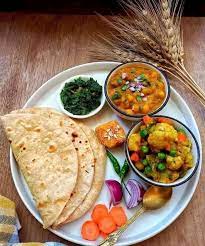
According to the study, one of the main components of a balanced diet is a high consumption of fruits and vegetables, which has been advised to the general population to lower the risk of cancer and cardiovascular illnesses, the two leading causes of premature death globally.
A balanced diet plays a vital role in maintaining good health, and one of its key components is a high intake of fruits and vegetables. These foods are rich in essential vitamins, minerals, fiber, and antioxidants that help protect the body from chronic illnesses. Health experts recommend consuming a variety of fruits and vegetables daily to reduce the risk of cancer and heart disease, which are among the top causes of early death worldwide. Including more plant-based foods in your diet can support a stronger immune system, improve digestion, and contribute to a longer, healthier life with better overall well-being.
Ask ChatGPT


